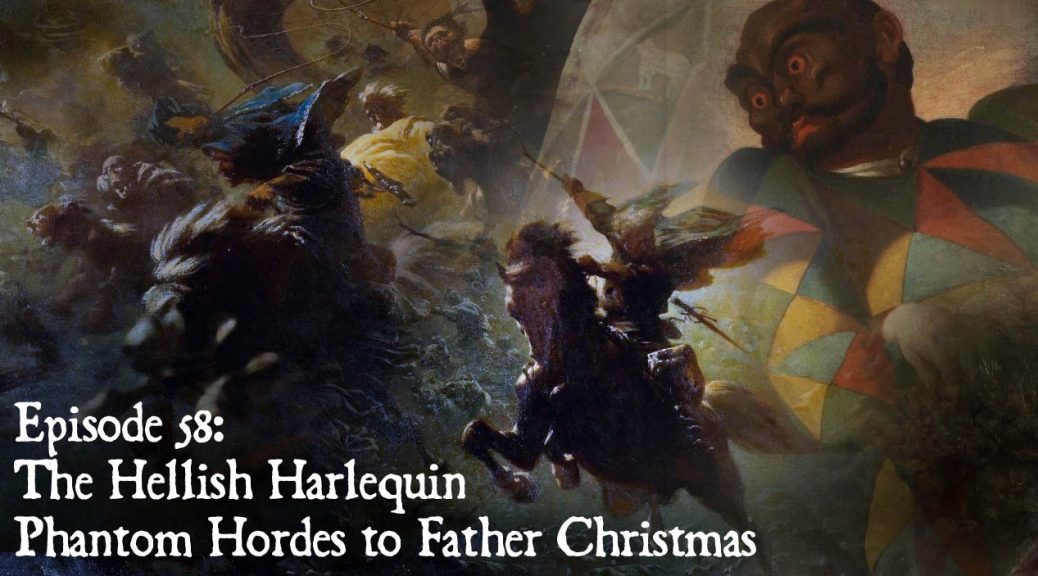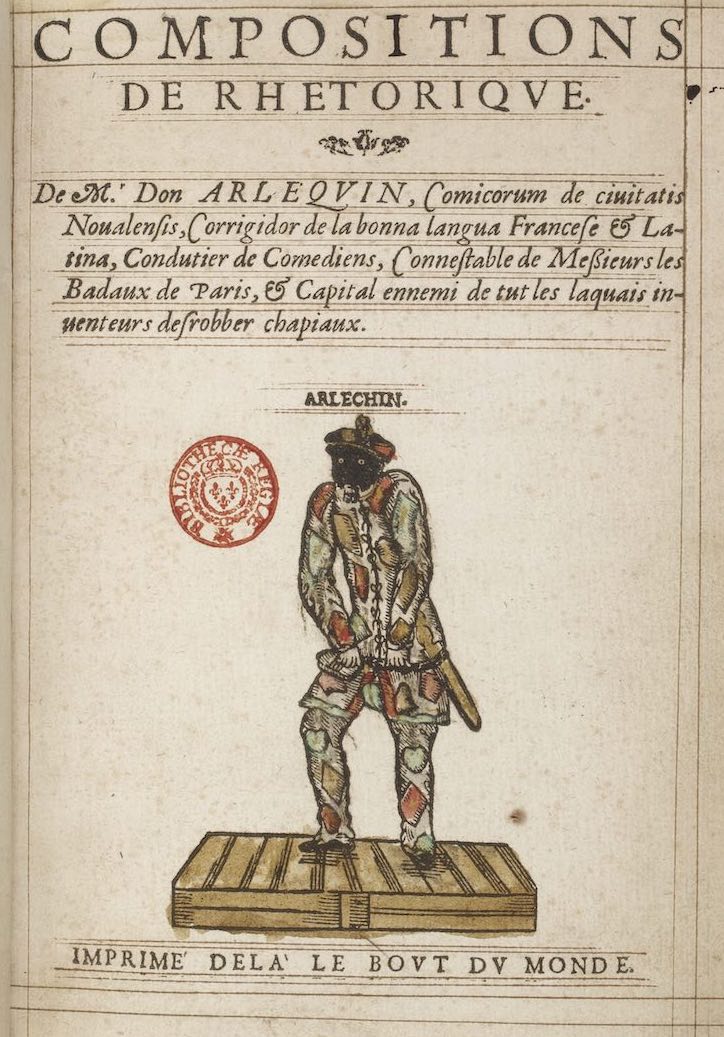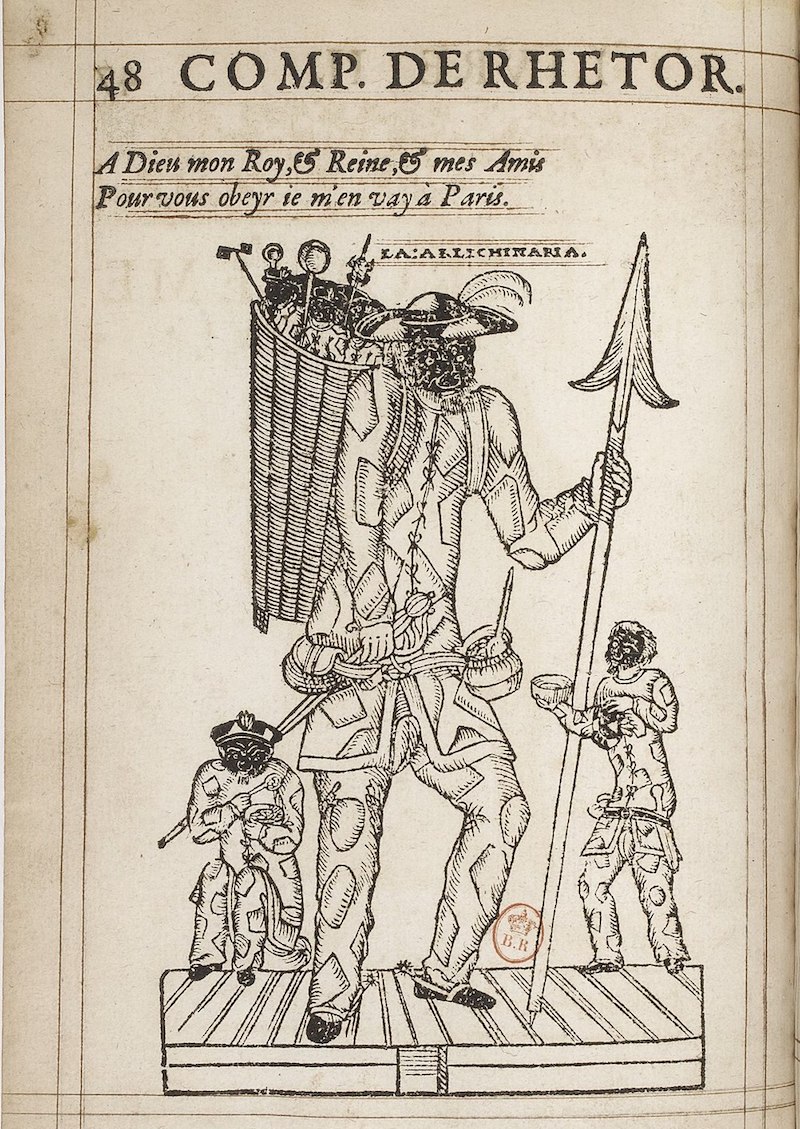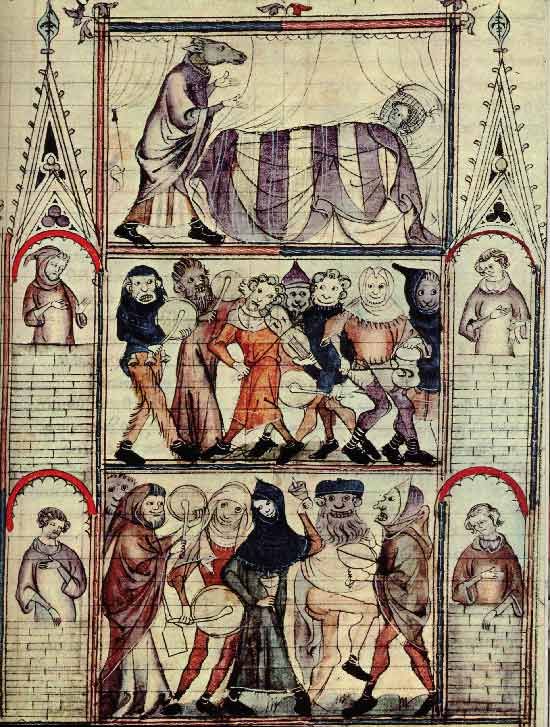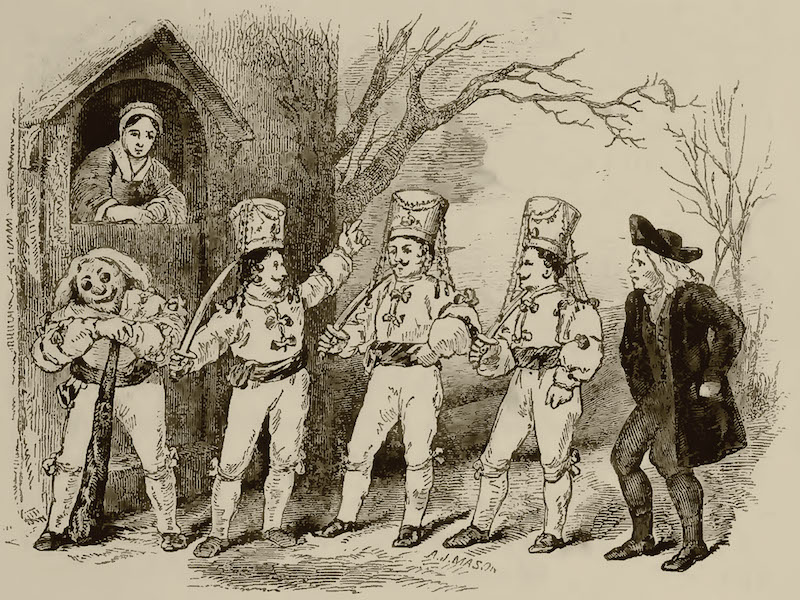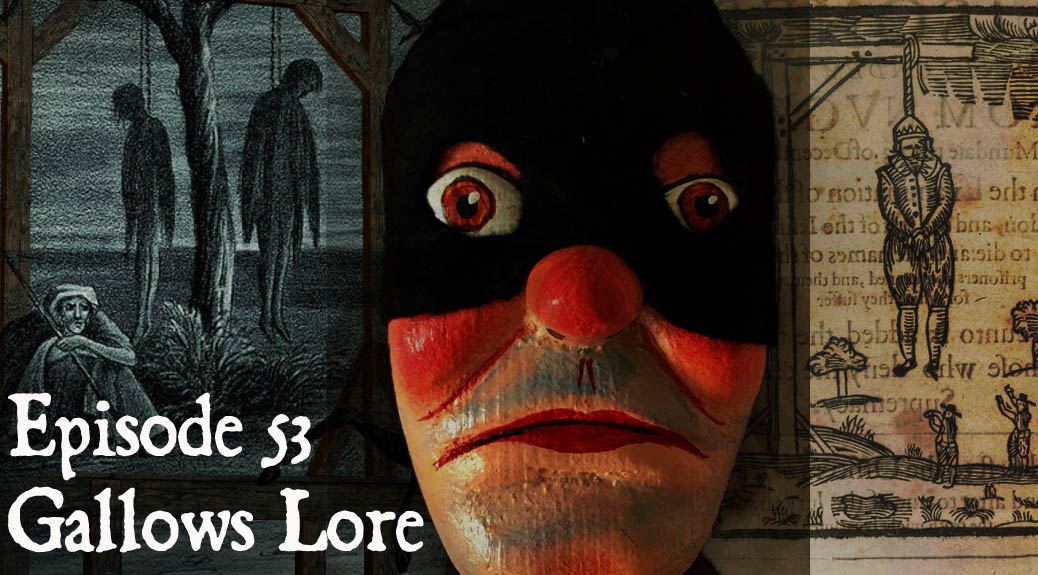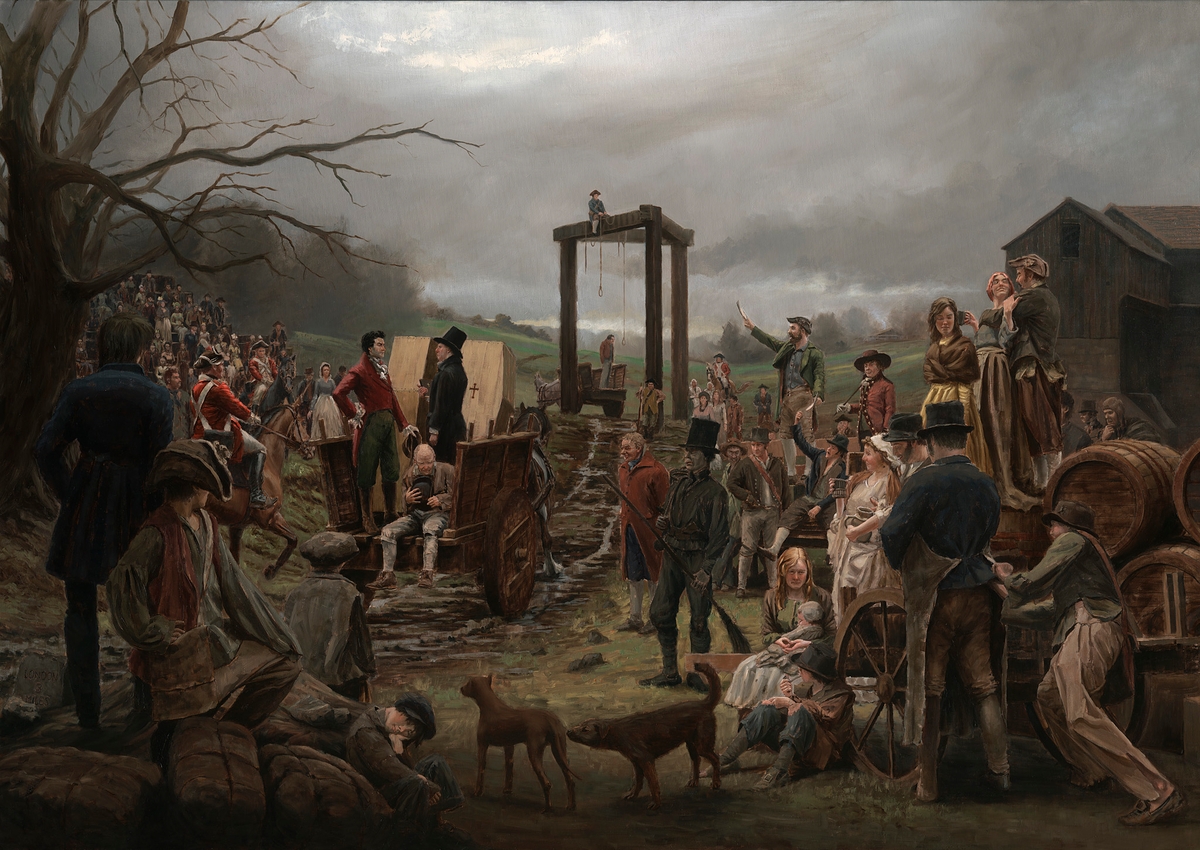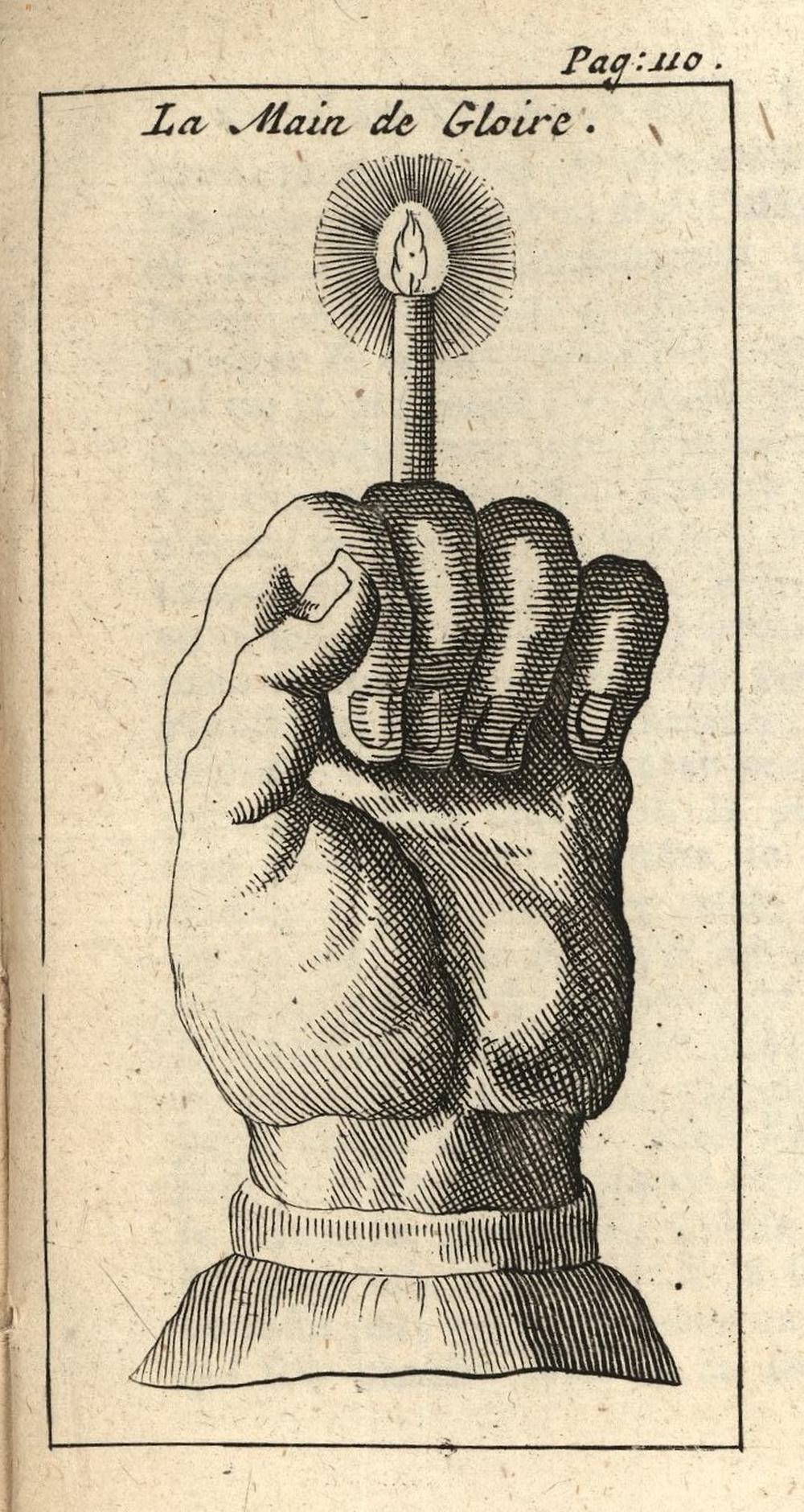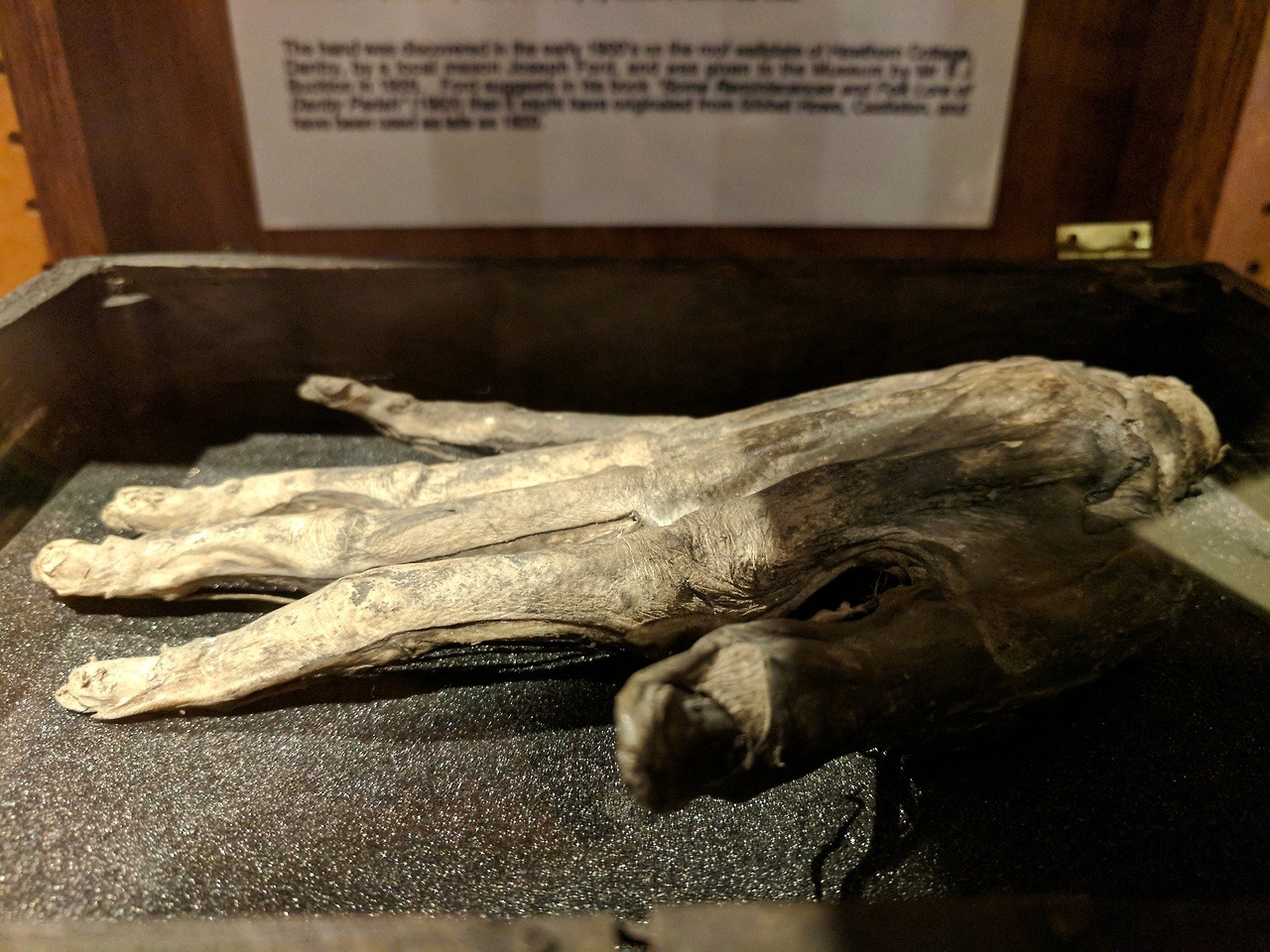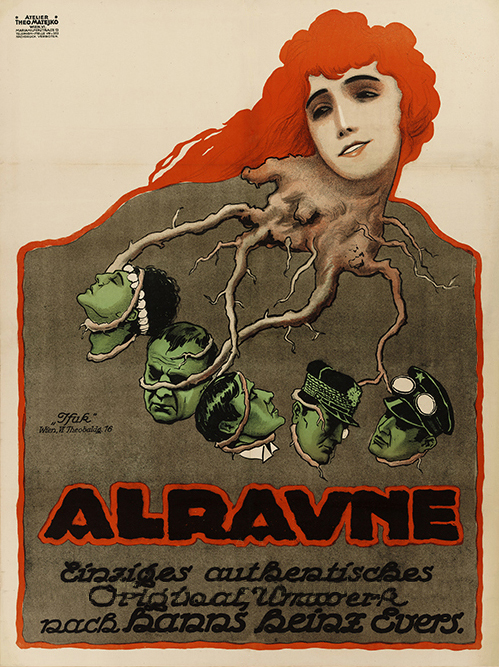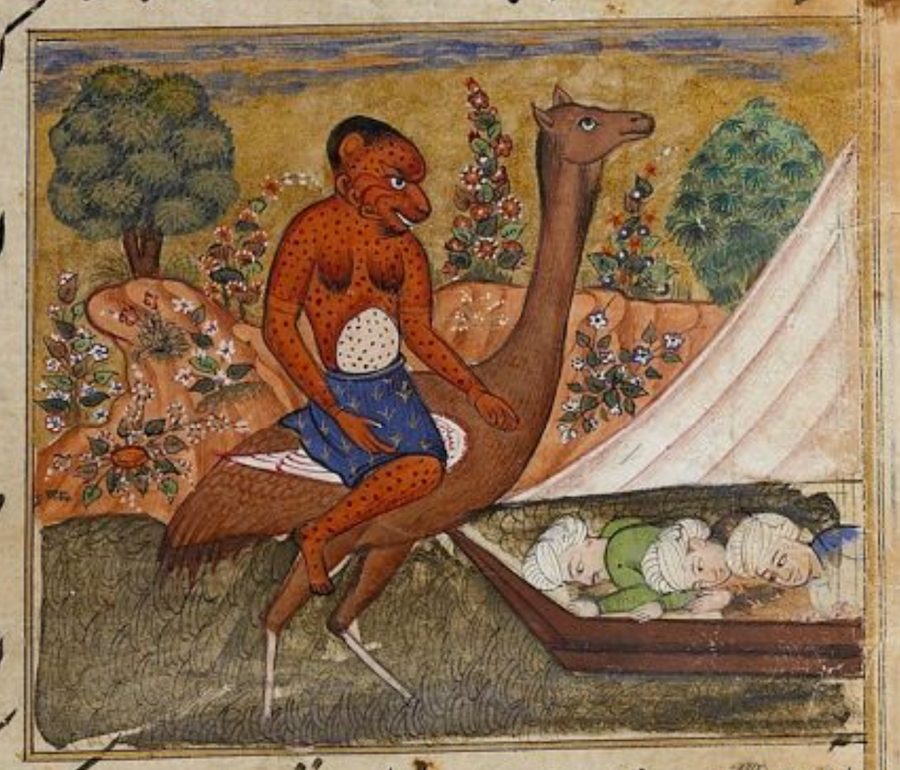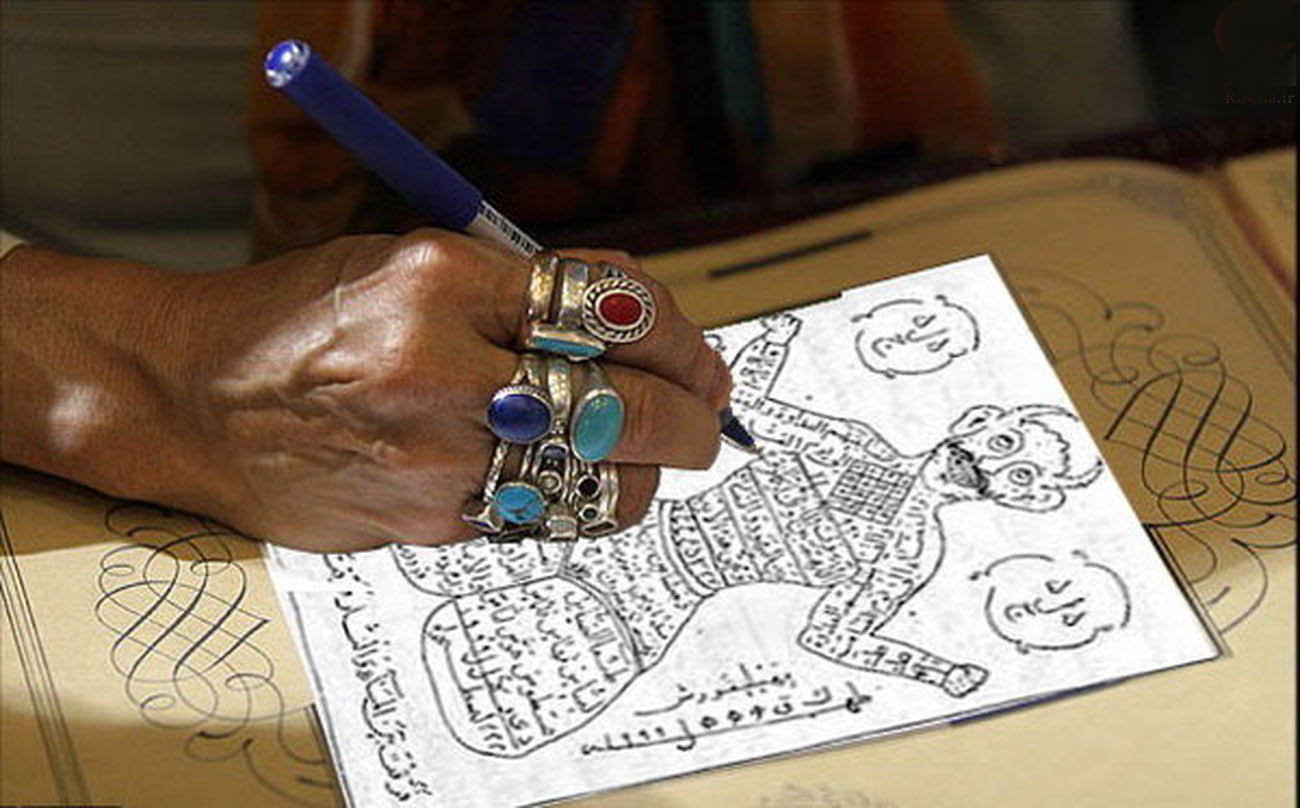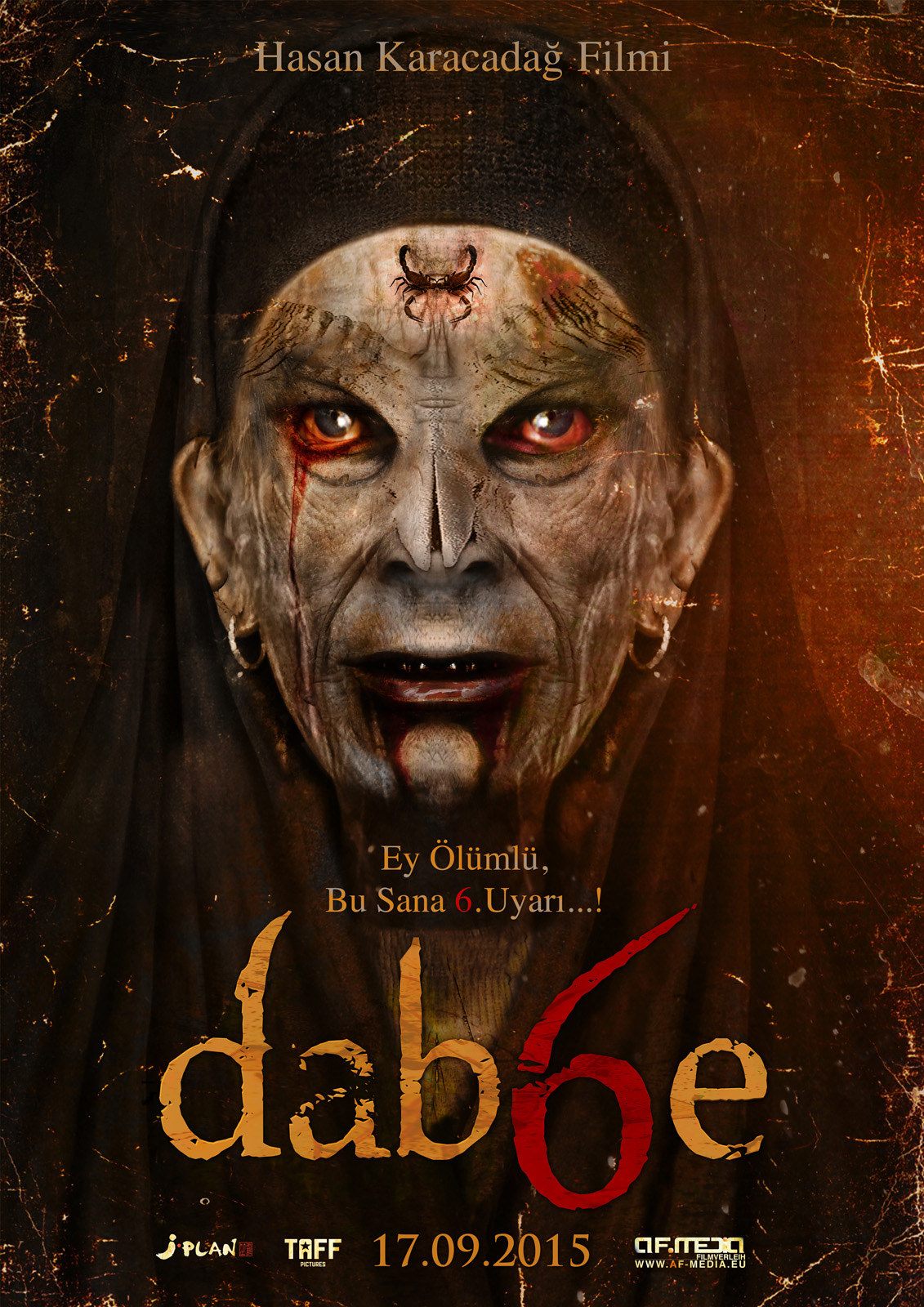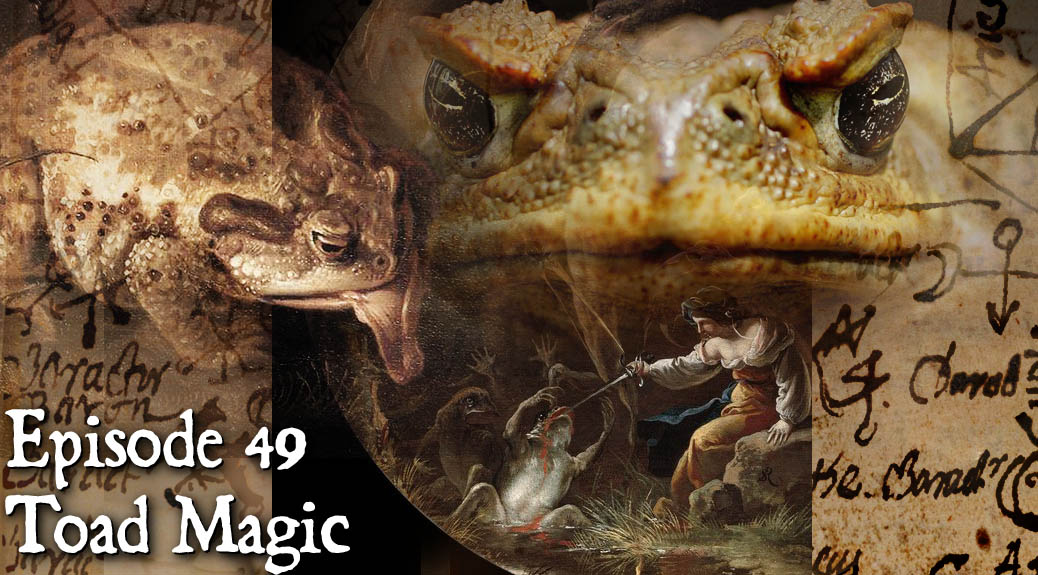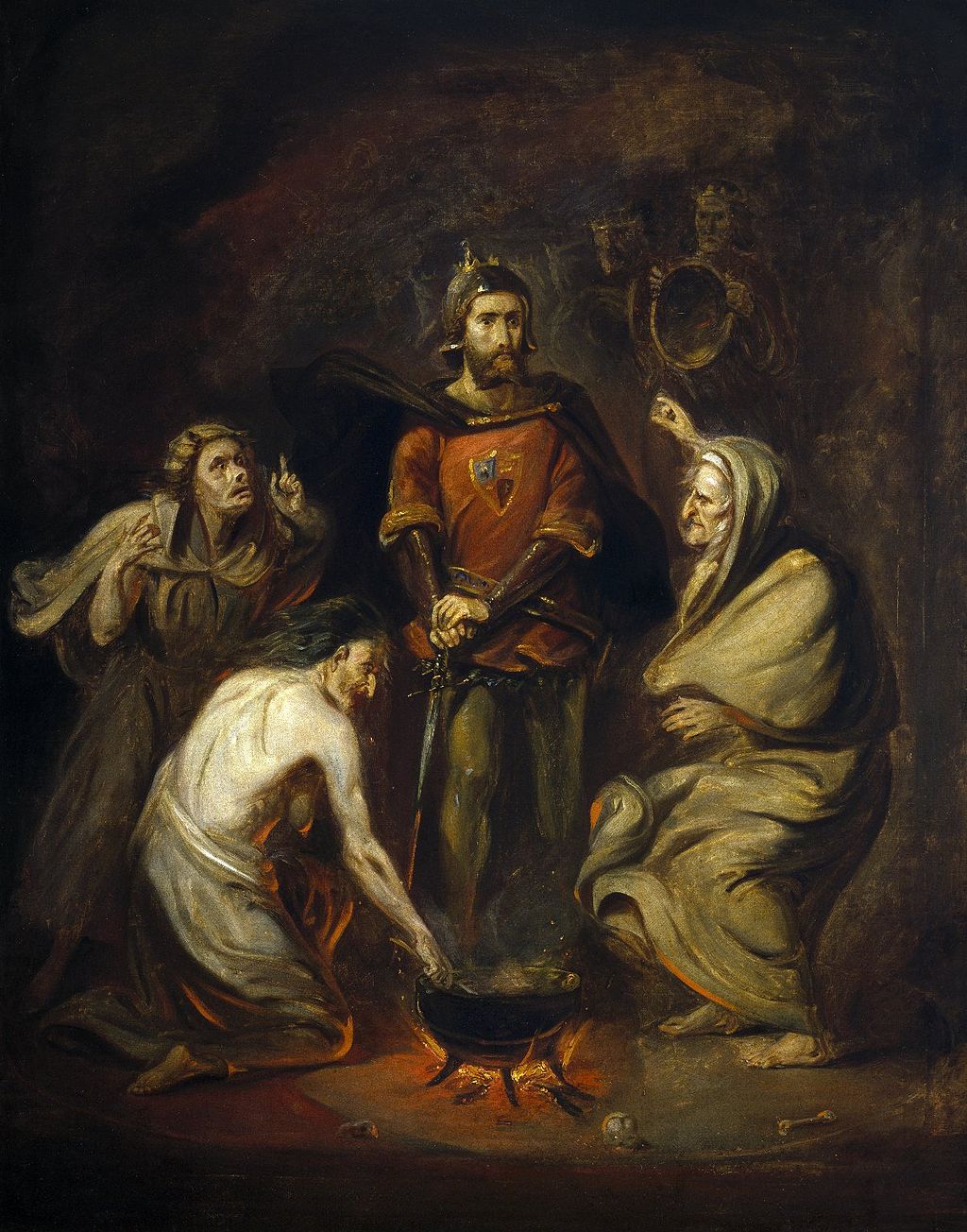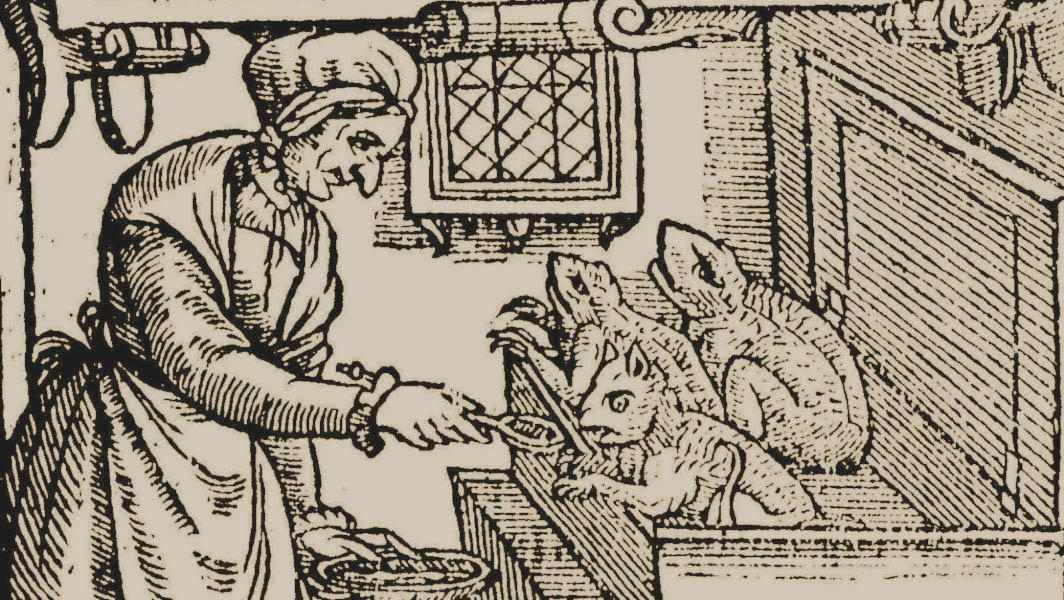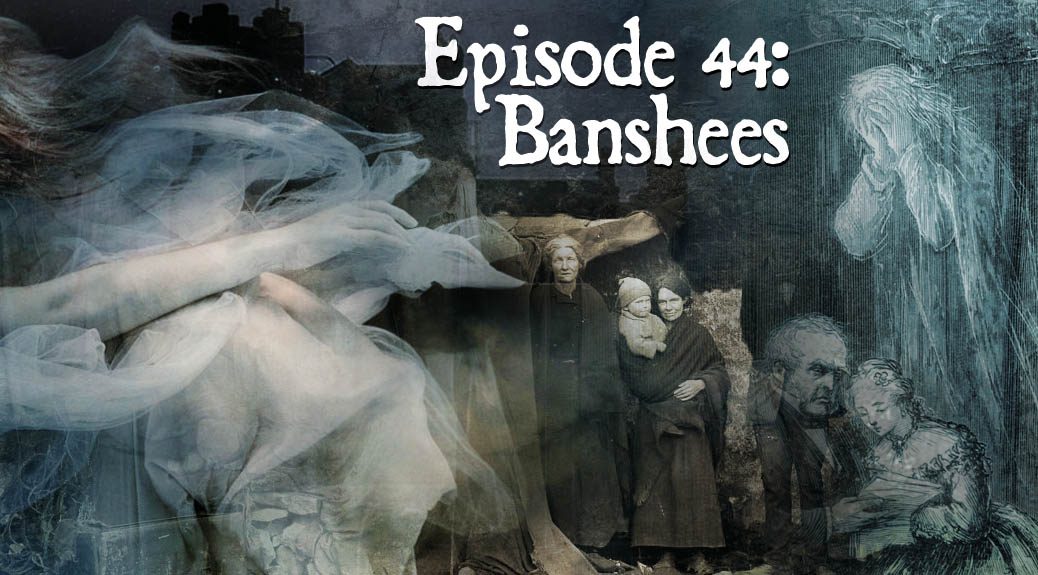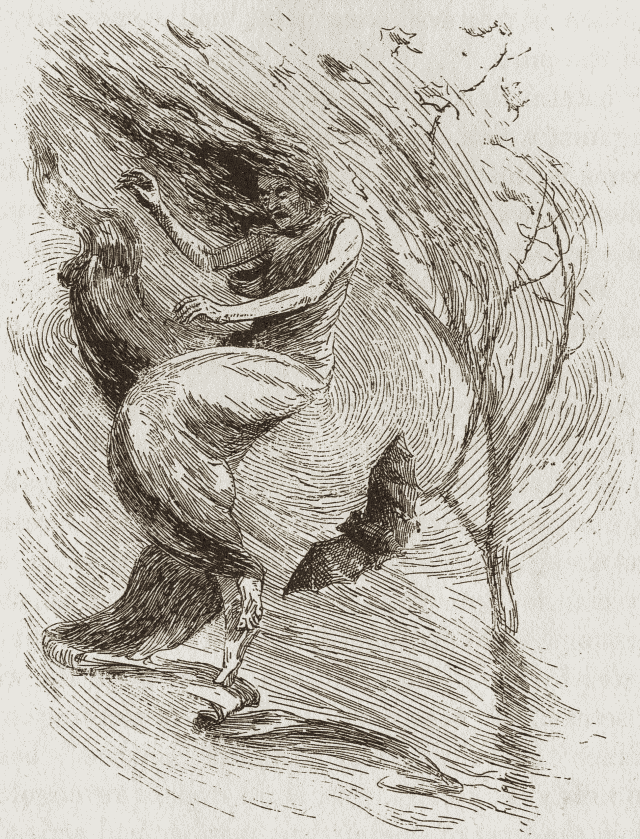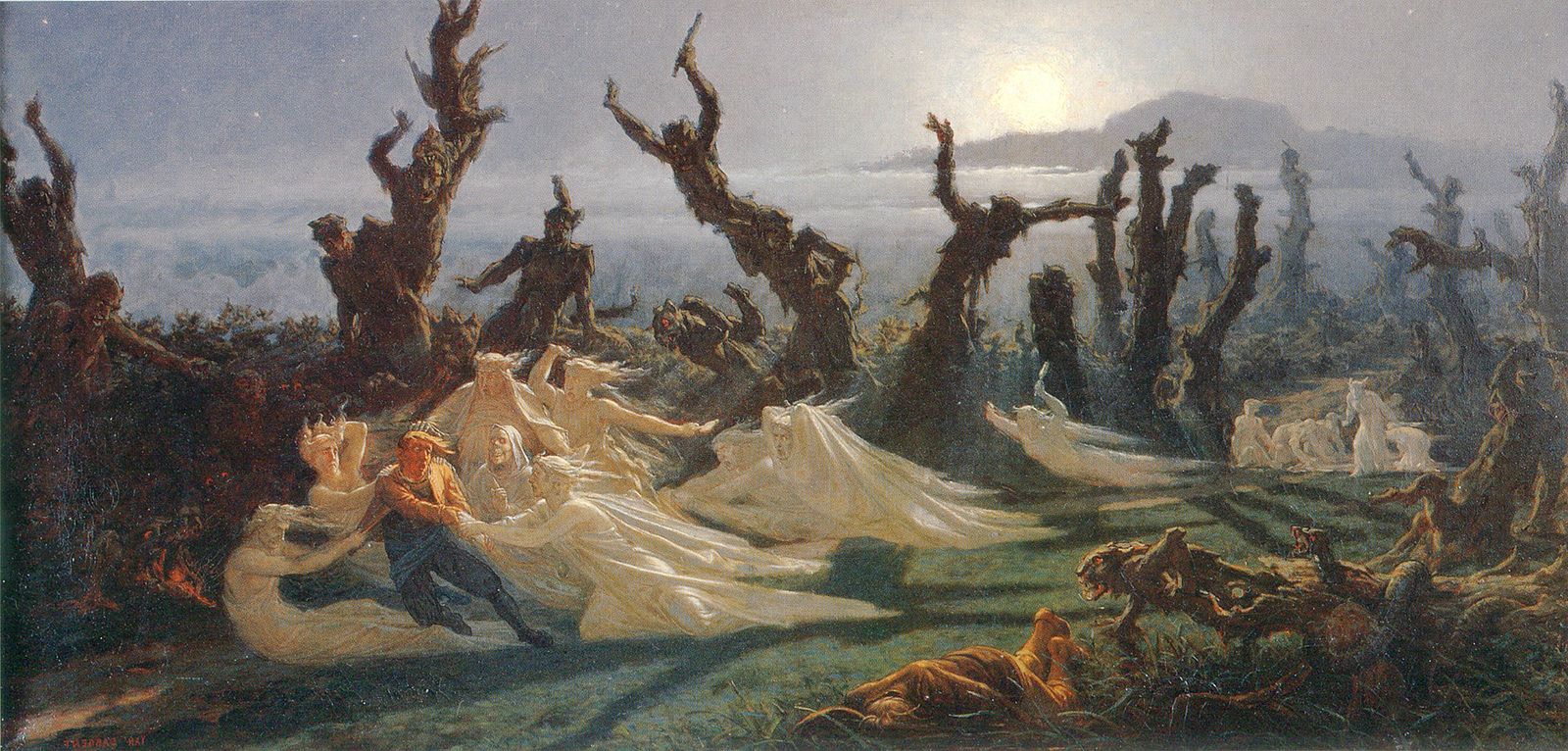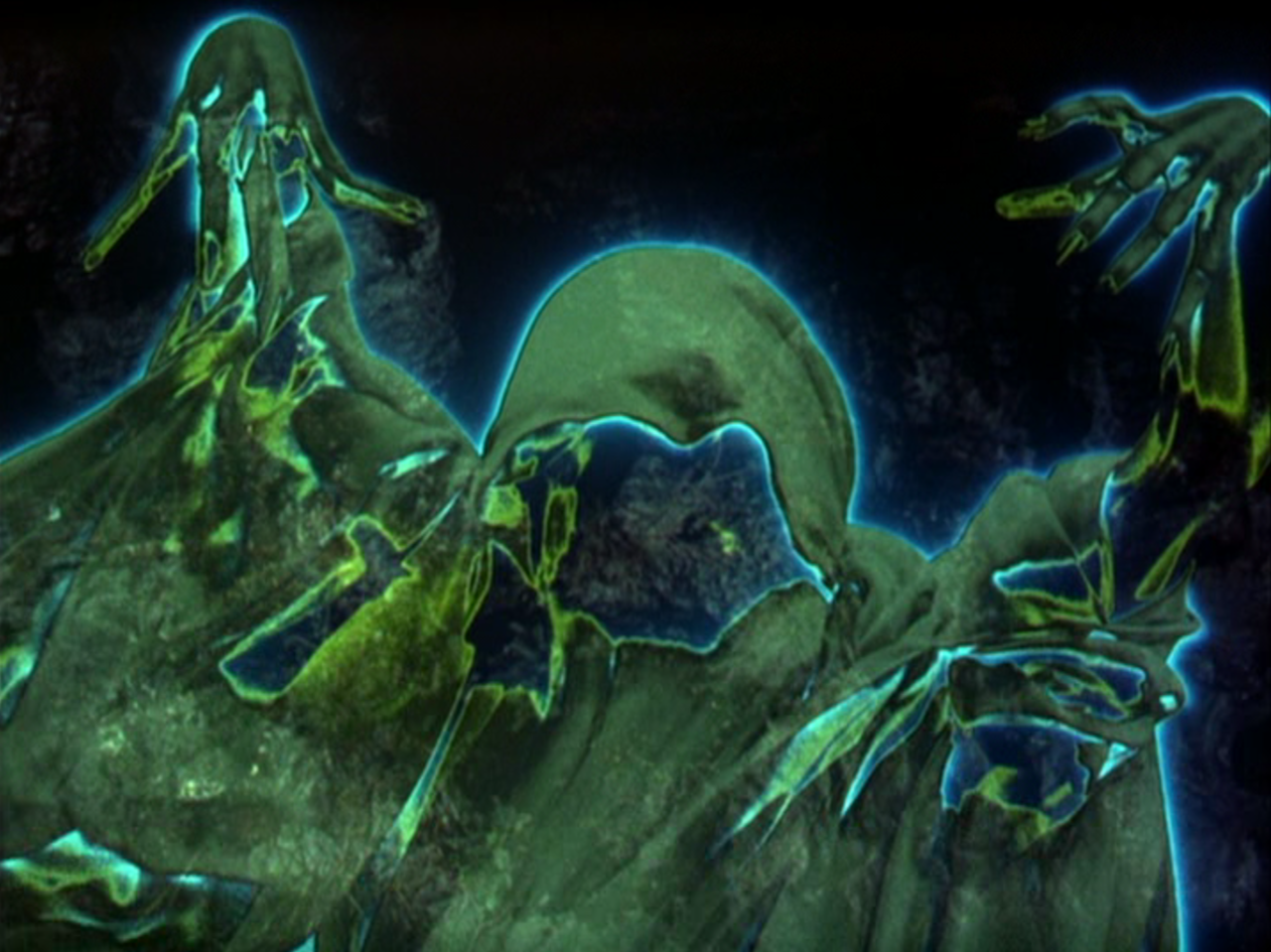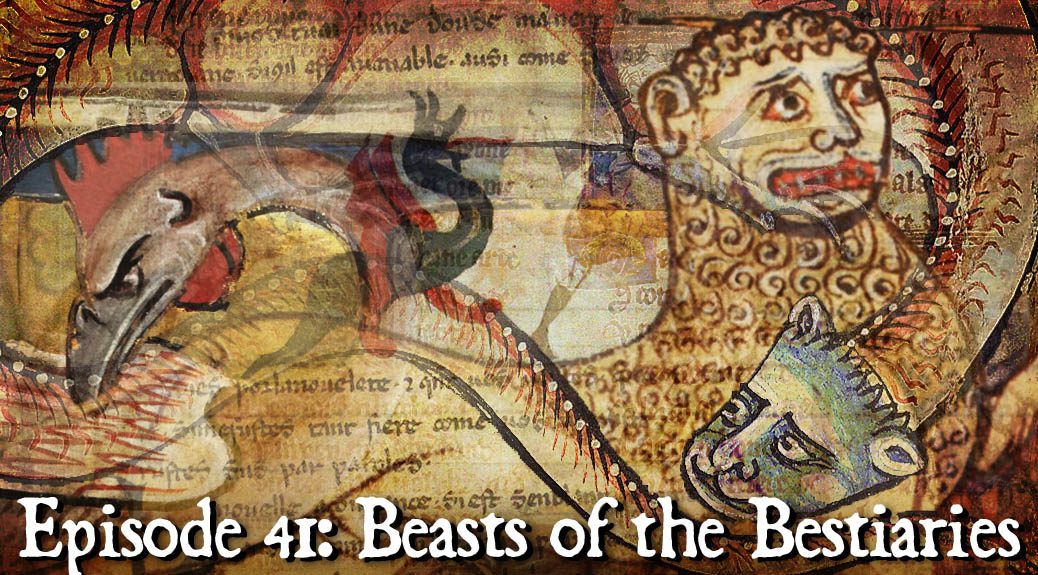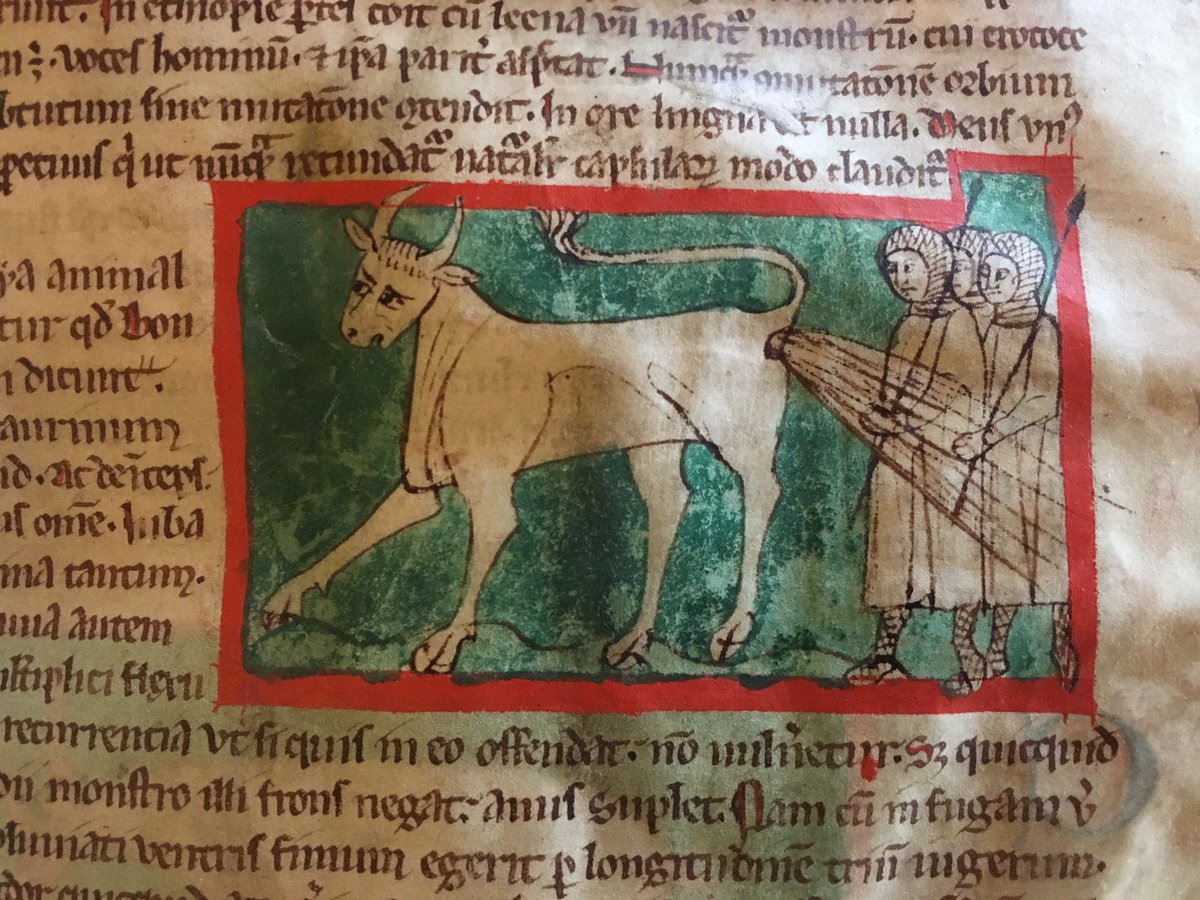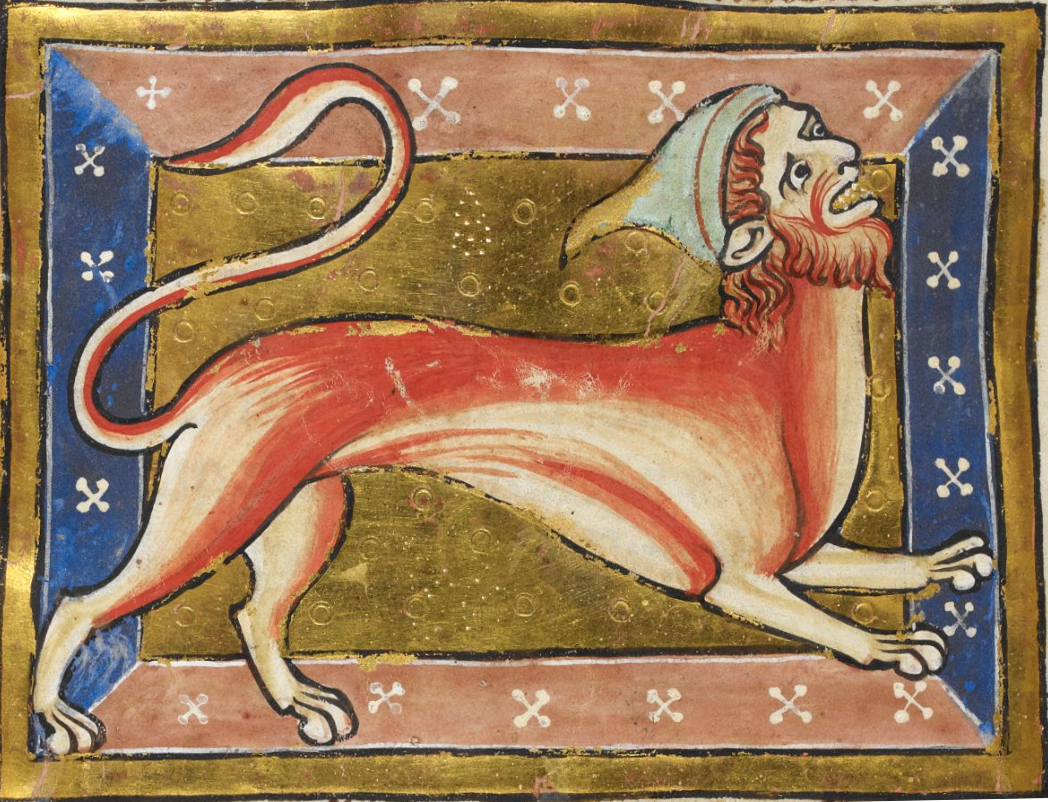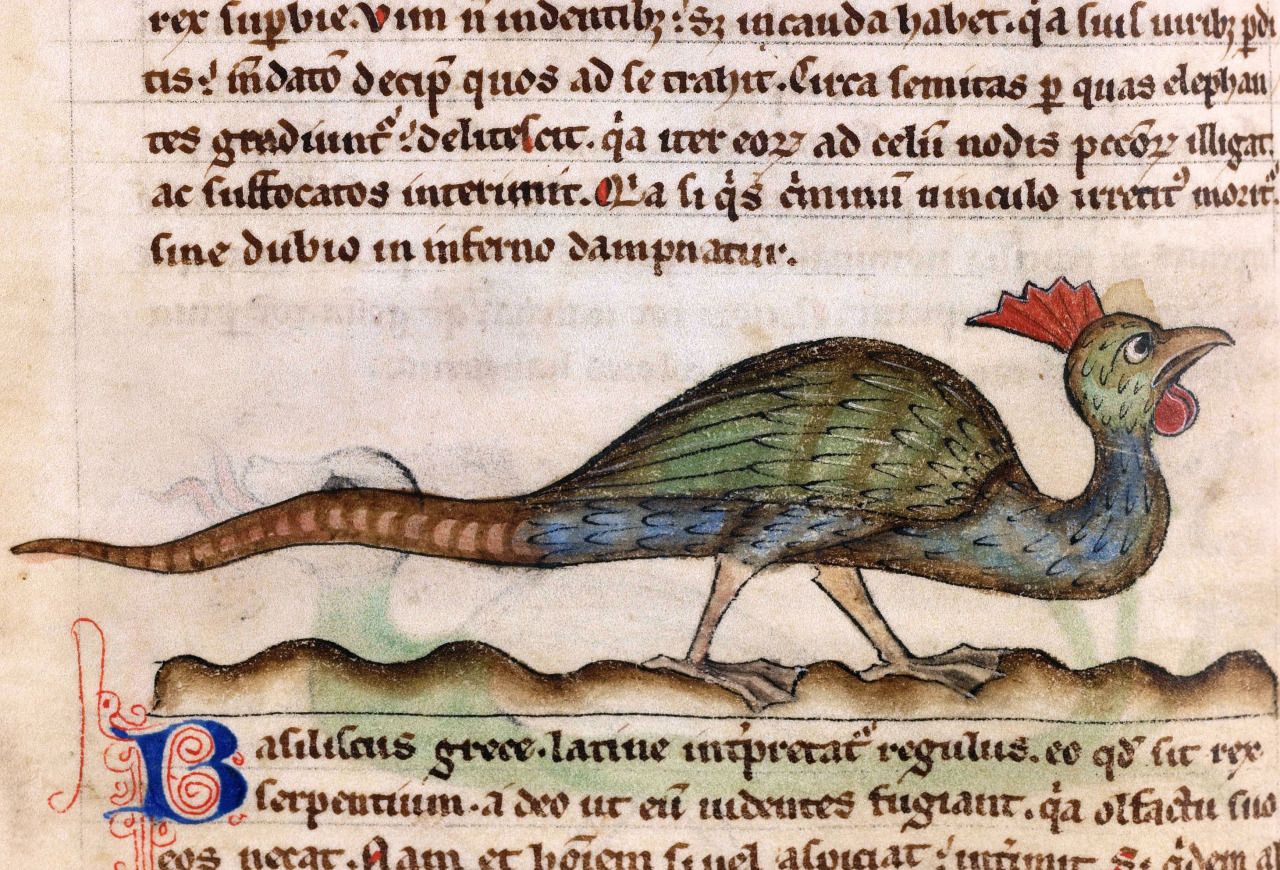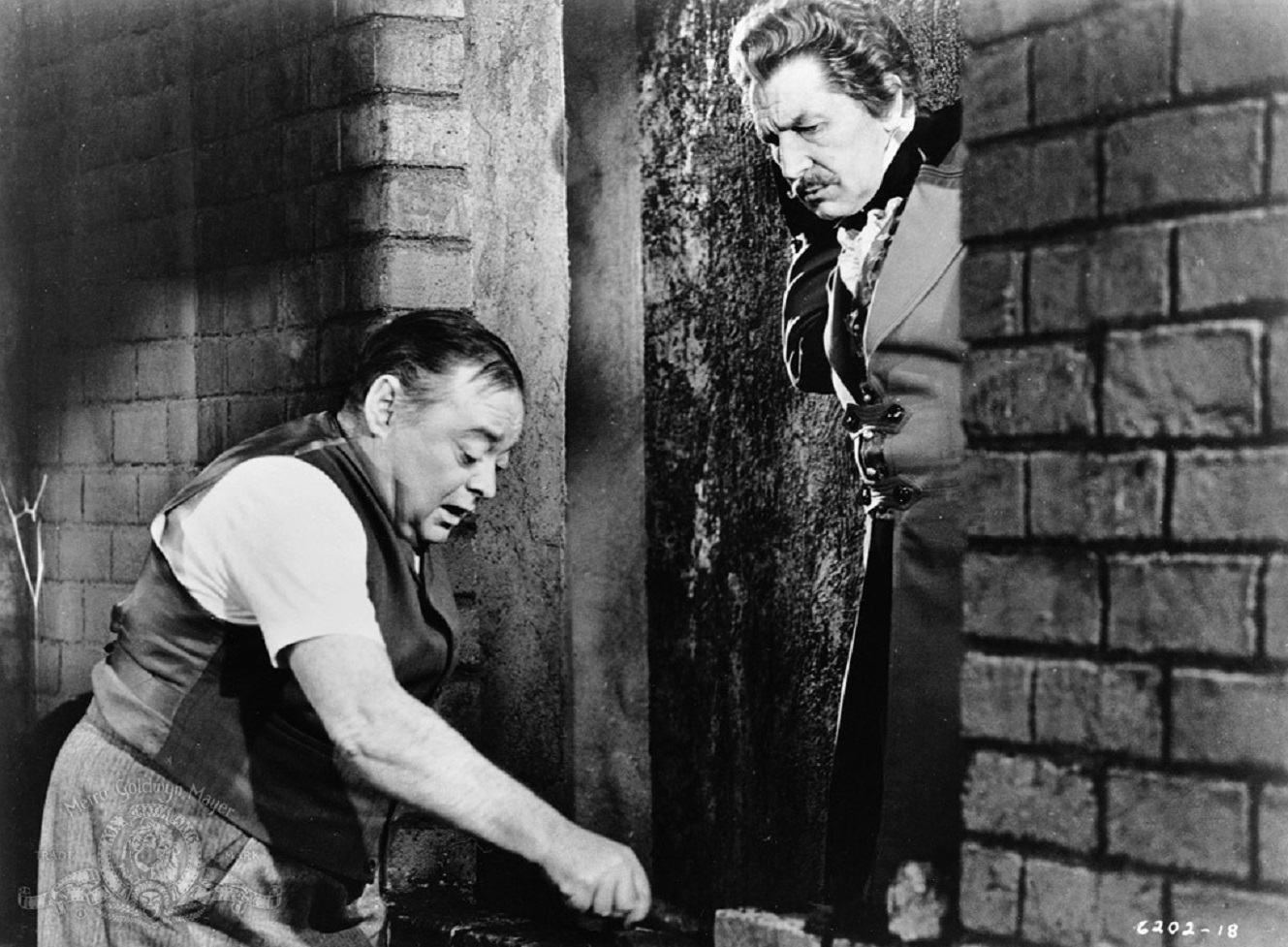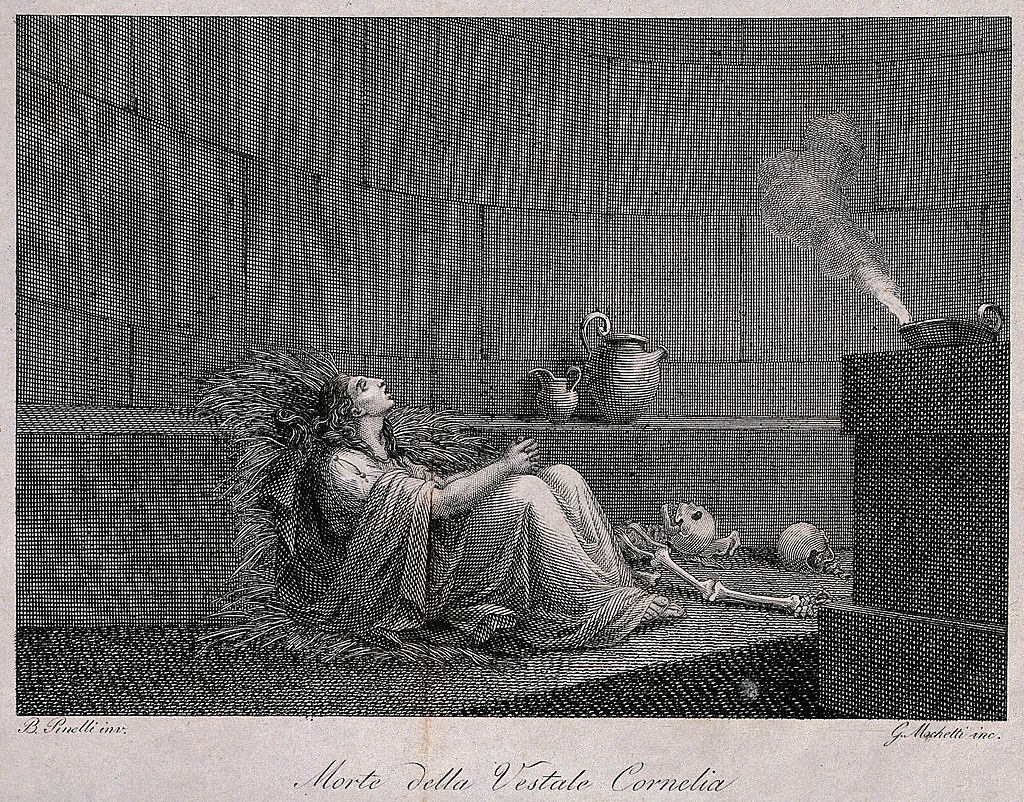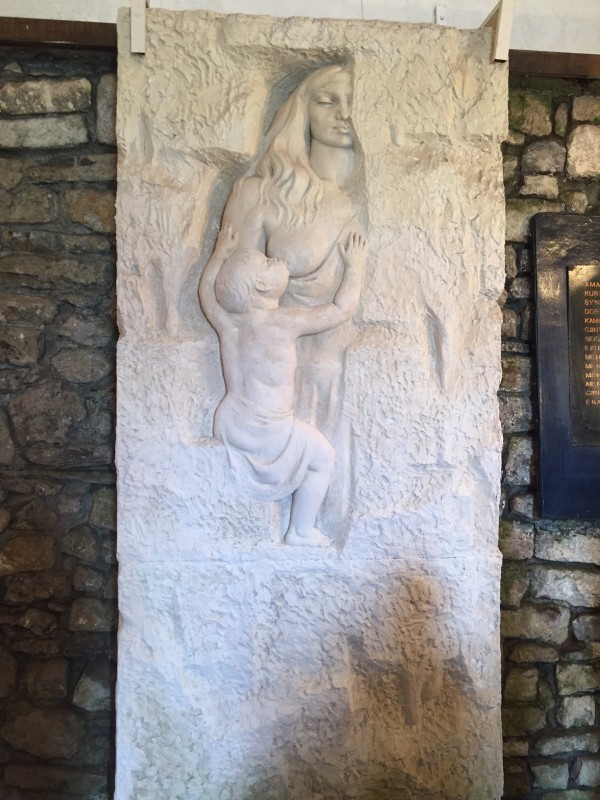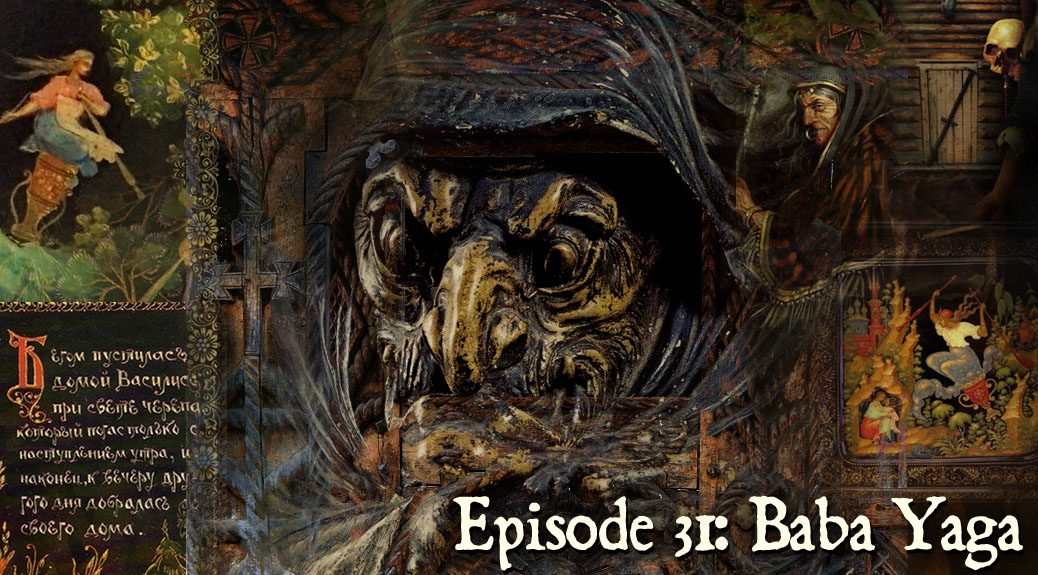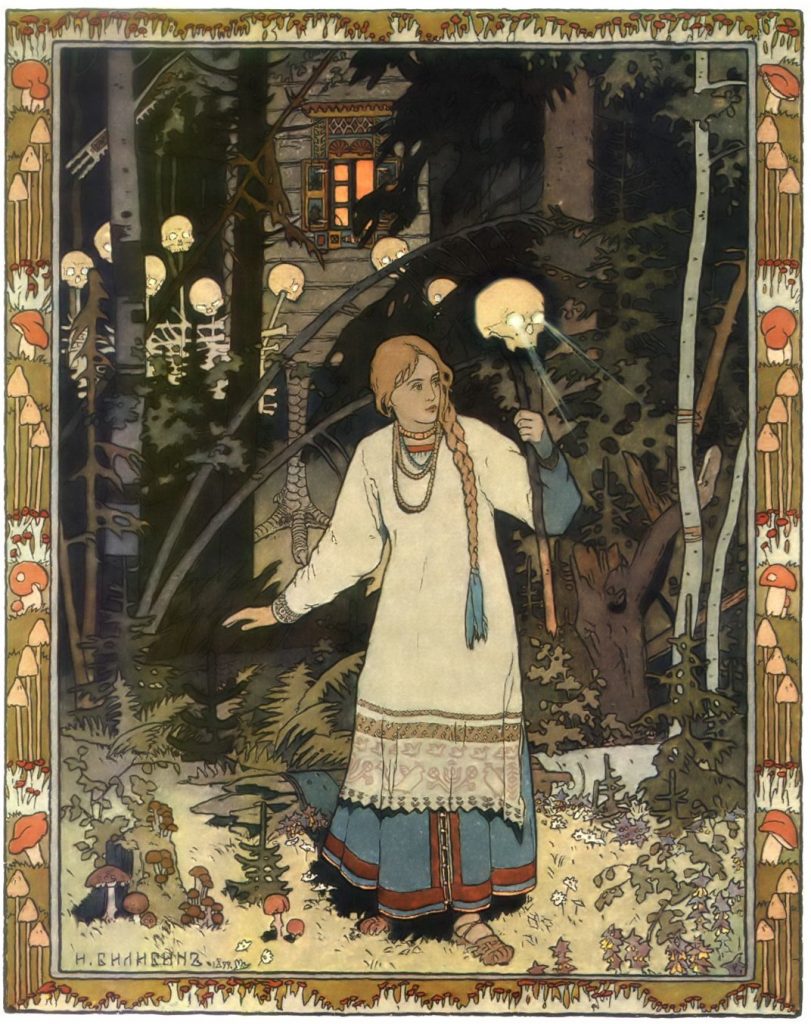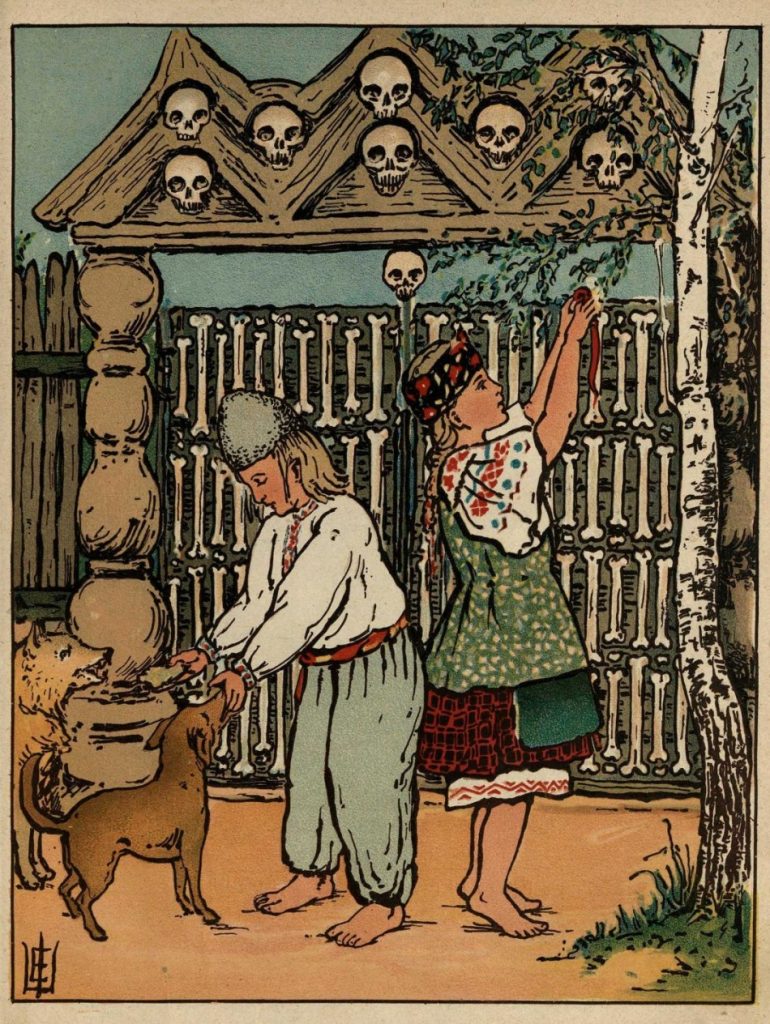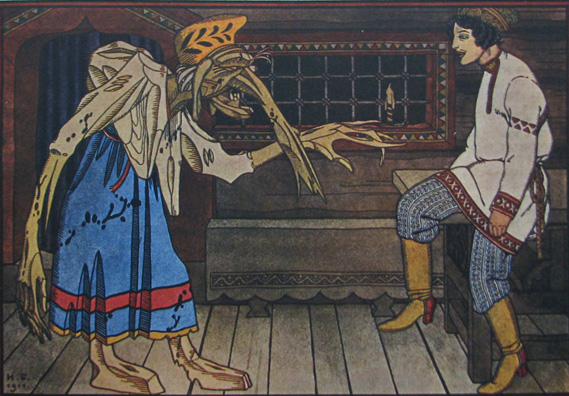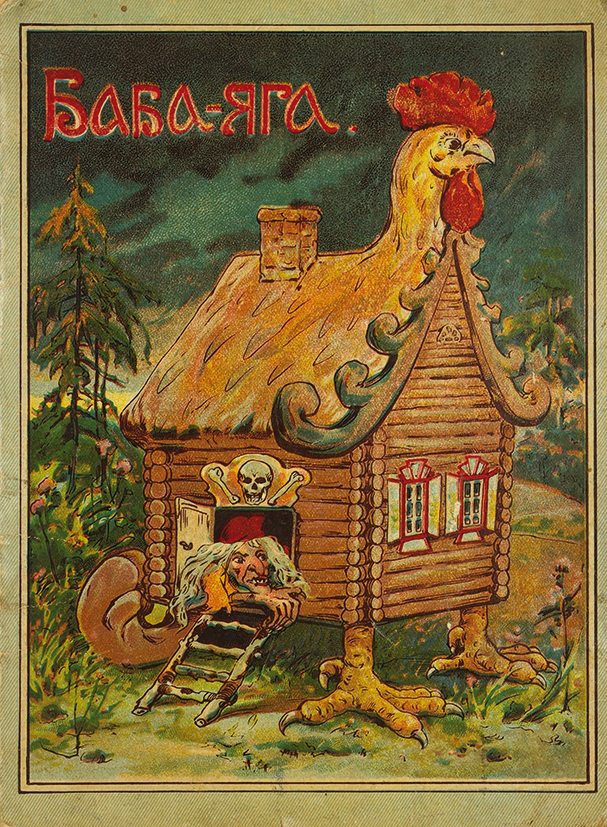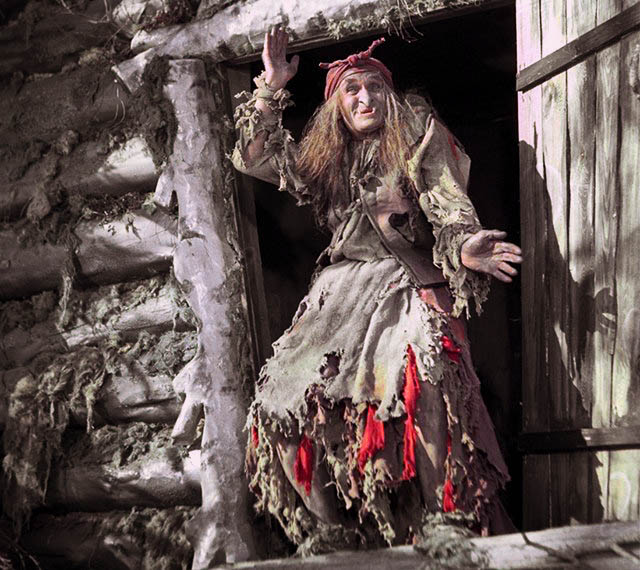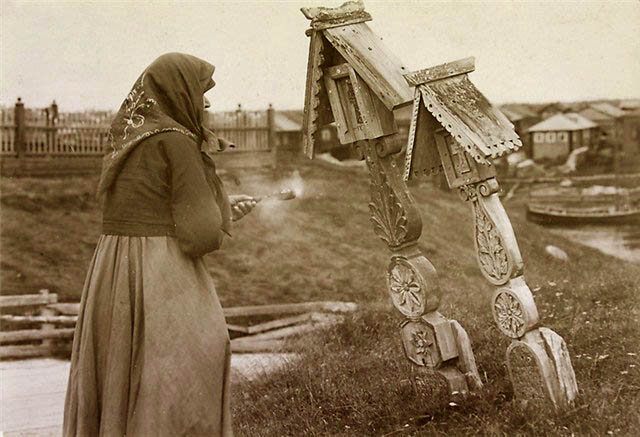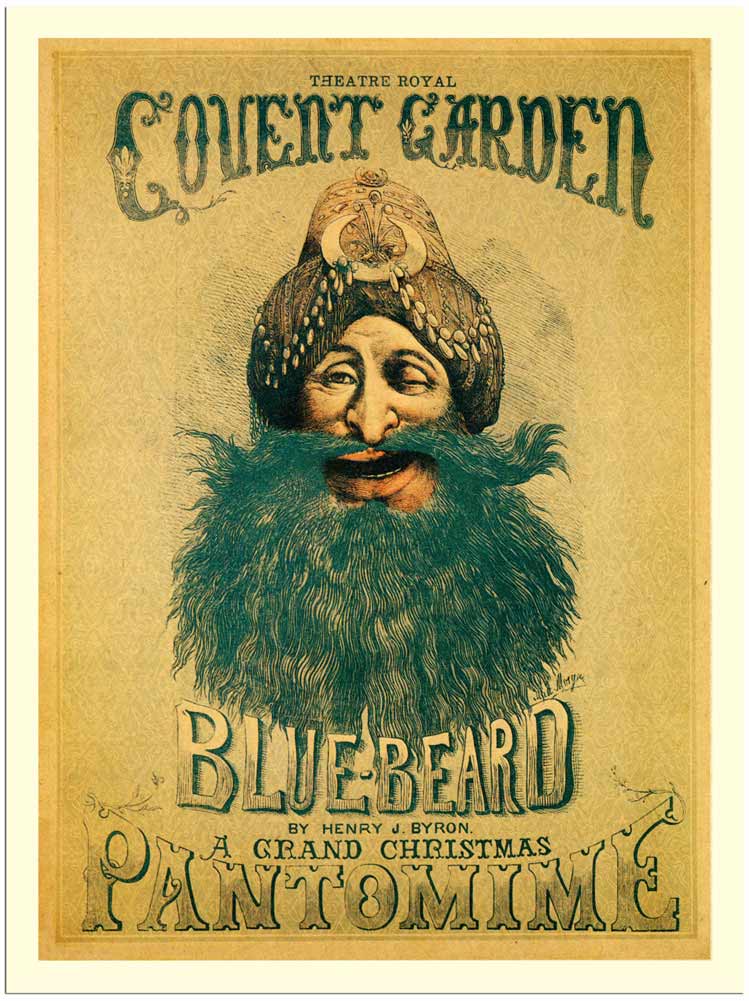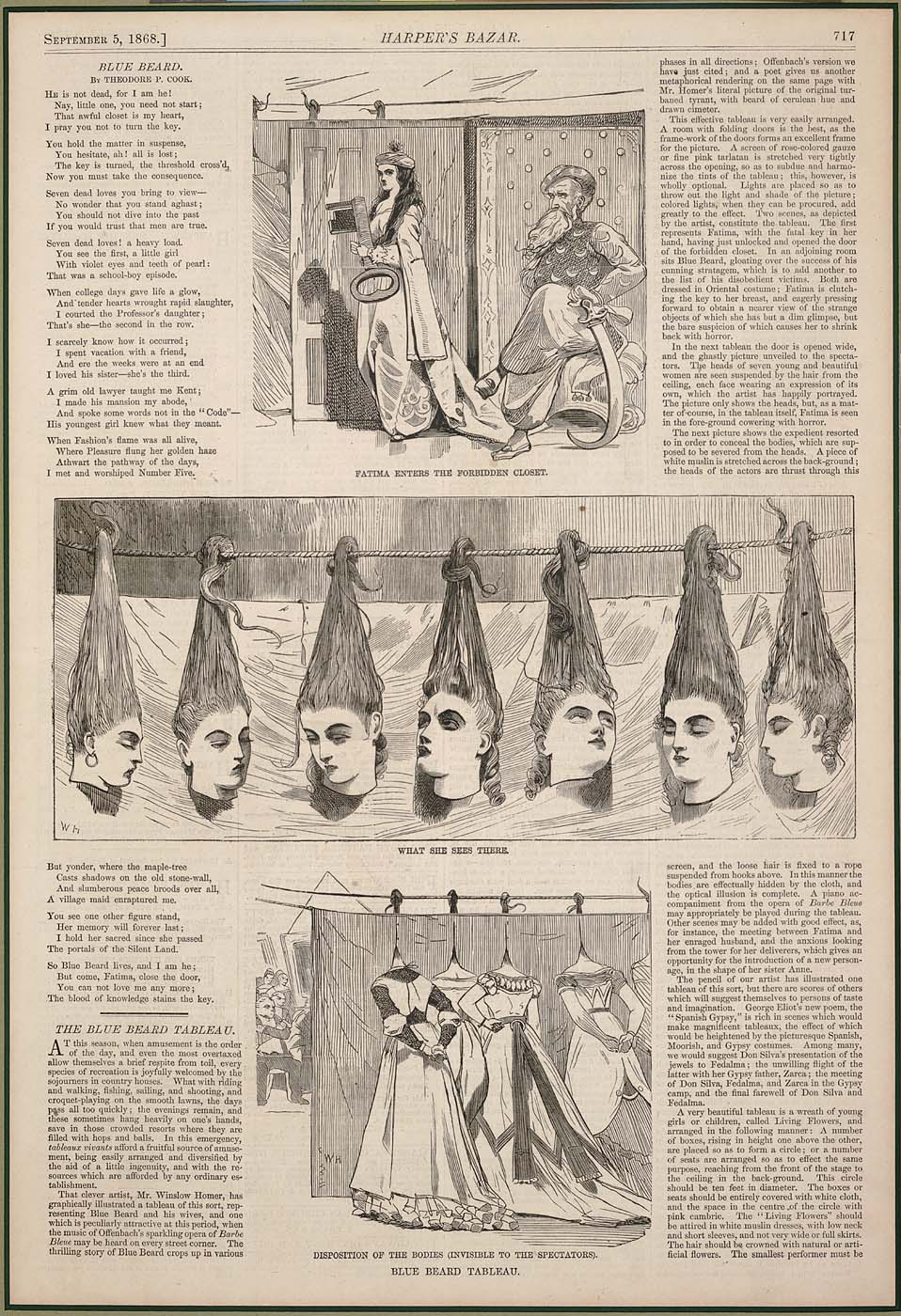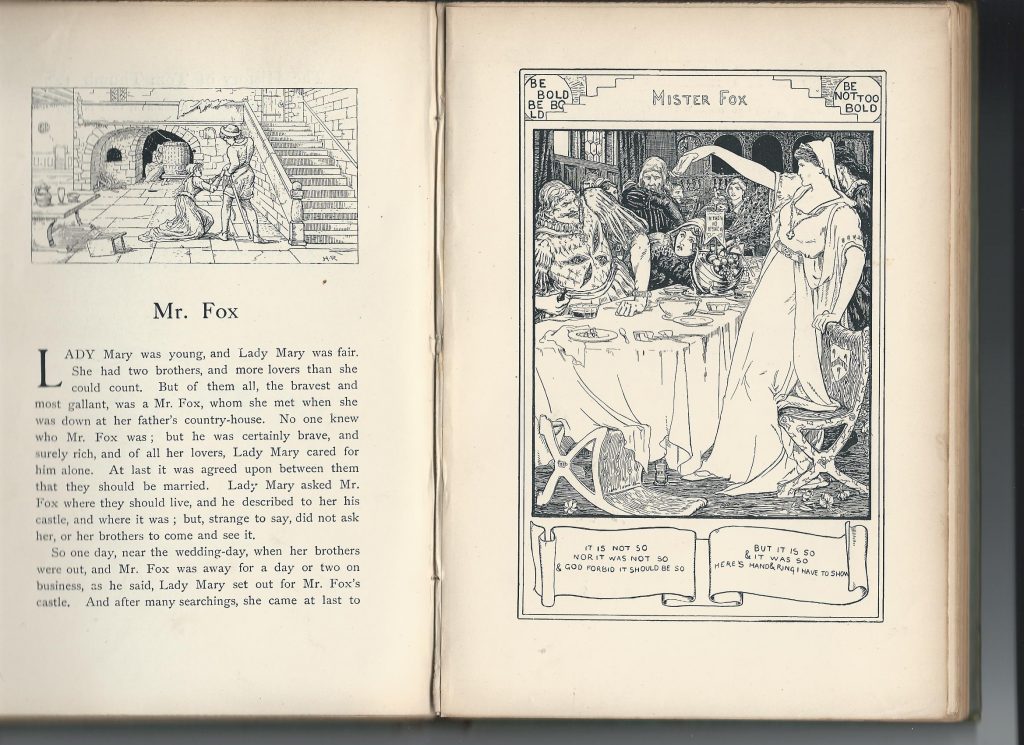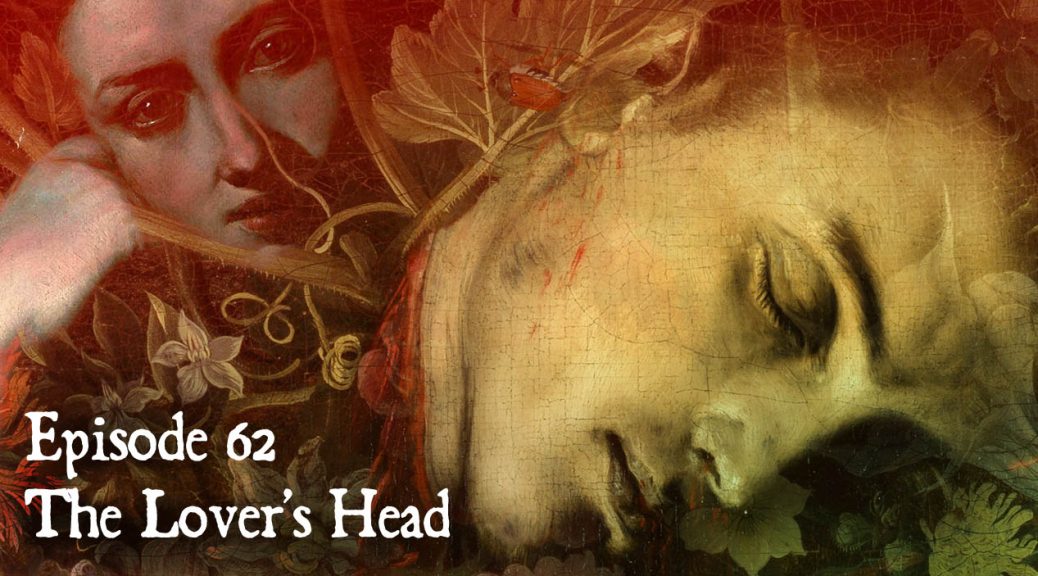
The Lover’s Head
Podcast: Play in new window | Download (Duration: 43:49 — 50.1MB)
Subscribe: Apple Podcasts | Spotify | Android | Podchaser | Email | RSS | More
The motif of lovers retaining the head of a decapitated partner is surprisingly widespread. In this — our romantic Valentine’s Day episode — we have a look at old ballads, literature, fairy tales, legends, and even a few historical anecdotes in which such things occur.
We begin with the English murder ballad, “In Bruton Town,” also known as “The Bramble Briar,” “The Jealous Brothers,” or “The Constant Farmer’s Son.” It might seem a strange inclusion at first as there is actually no decapitated lover in the song, but it’s widely recognized by scholars as having derived from a 14th-century story identical in all other elements of the narrative. Though no heads are removed, there is a murder, namely that of a suitor courting the sister of two brothers who find his social status unacceptable (as well as the fact that he is slipping into their sister’s bedroom along the way). There is also a visitation by the ghost of the dead lover, in which he reveals the location of his corpse, with whom the woman lives for three days in the woods before being forced home by hunger — all of which may remind some listeners to the lover’s ghost in “Fair Margaret and Sweet William” discussed in our Undead Lovers episode. The segment begins with a snippet from a version of the song given a enthusiastically gothic treatment by The Transmutations. The a cappella version is by A.L. Lloyd.
The probable source story for the ballad is from Giovanni Boccaccio’s Decameron, a tale told to entertain her fellow travelers by Filomena, one of the refugees fleeing plague-stricken Florence in the novel’s frame story. She describes the tragic romance of Lisabetta and Lorenzo. As in our ballad, Lorenzo is an unworthy suitor engaging in secret rendezvous with Lisabetta, whose brothers are similarly protective of her and their sister and family status. Lorenzo meets his end when invited by the brothers to join them on an excursion out beyond the city. He later appears in a dream to reveal the location of his corpse.
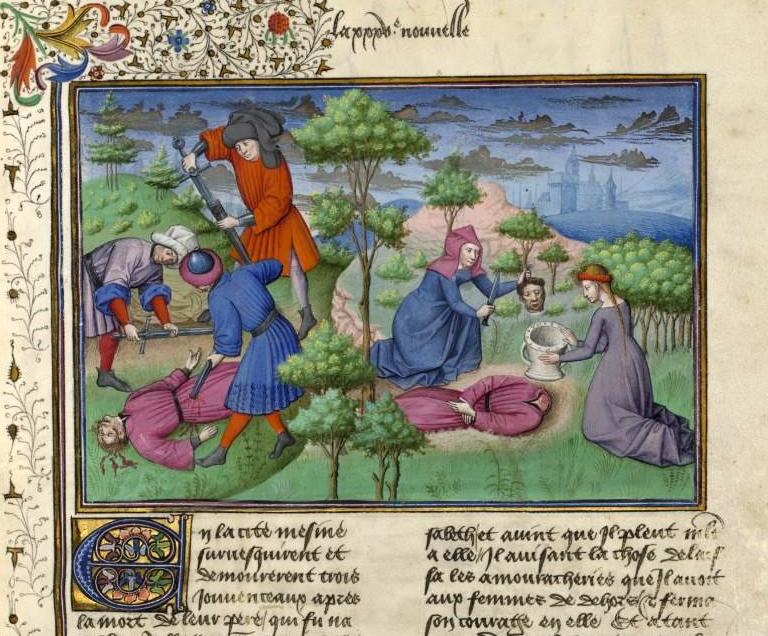
As she grieves over her lover’s body, Lisabetta recognizes that she is physically unable to transport it back for burial, and so does the next best thing, removing the head with a handy razor. The rest of the story relates how the head is hidden in pot planted with basil, the discovery of which causes the brothers to flee from justice. Mrs. Karswell reads for us all the grisly details Boccaccio provides.
Roughly three centuries later, we find a lover’s remains planted in a pot in Italian poet Giambattista Basile’s Pentamerone or “The Tale of Tales,” perhaps the earliest compilation of European fairy tales. The story, “The Myrtle,” presents a fairy who lives in a sprig of mirtle kept by a prince who nightly makes love to her as when she assumes a human form. When she is murdered by jealous rivals, the prince’s servant mops up her bloody remains and dumps them in the pot where they regenerate through the mirtle. The understandably annoyed fairy sees to it that her would-be assassins meet a fitting fate.
We then take a quick look at other writers who picked up Boccaccio’s tale, including the 16th-century German playwright Hans Sachs and 19th-century English poet John Keats (“Isabella, or the Pot of Basil”). The derivation of the folk ballad may have come through an English version of Sach’s play, but there’s no documentation to prove this.
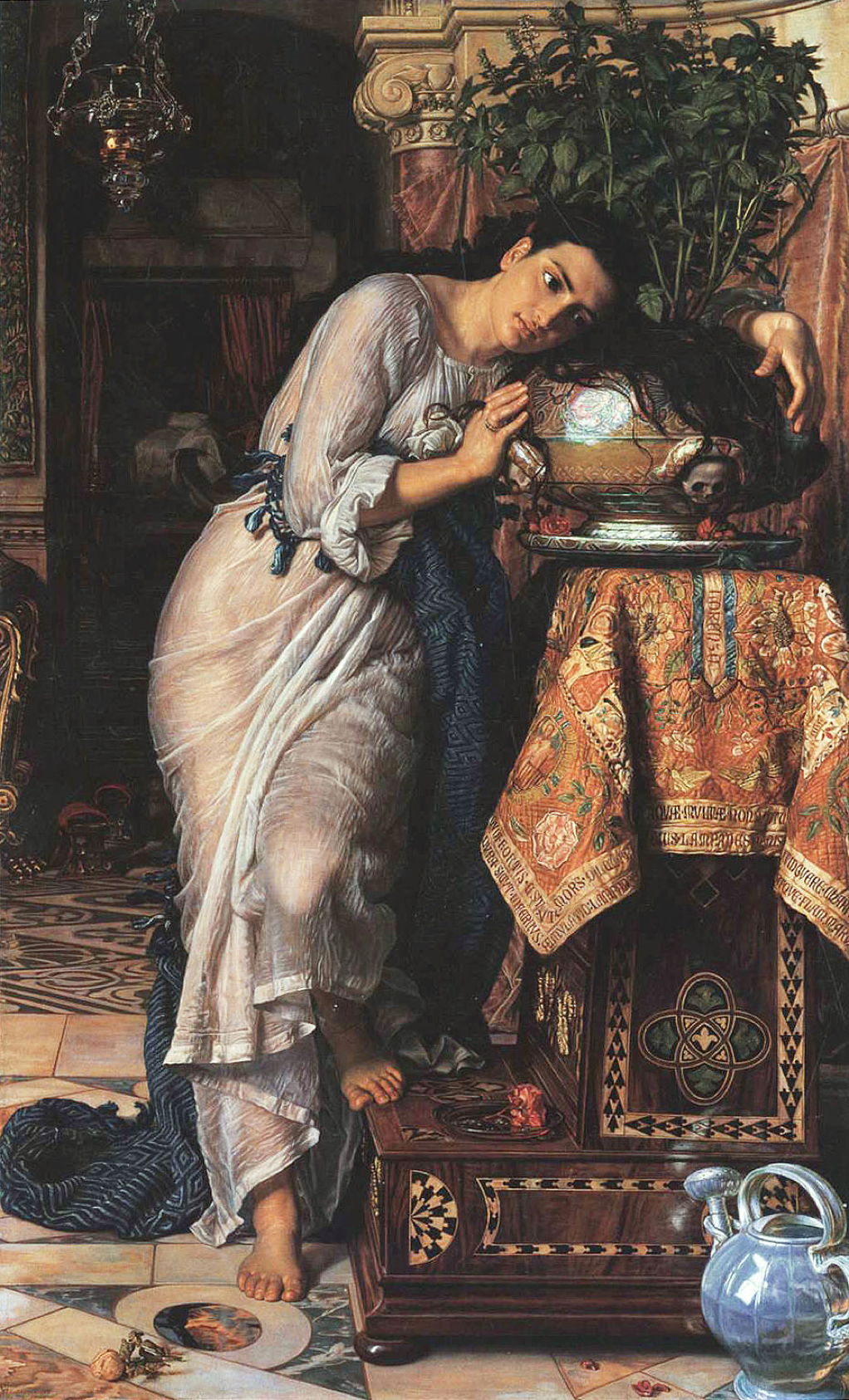
Another interesting iteration of the story comes from Denmark, from the pen of Hans Christian Andersen — from his 1872 story “The Rose-Elf,” or “The Elf of the Rose.” This one tells much the same tale, but presents it through the eyes of an invisibly small elf who occupies a rose, and later a leaf in the tree under which the murderer buries the lover’s body. While the elf may have been inserted in an effort to position the tale as one for children, the story is grim even by Andersen standards.
We then examine a couple historical cases of loved one’s heads kept as postmortem mementos, among these, the head of Sir Walter Raleigh kept after his beheading by his wife Elizabeth Throckmorton and that of Thomas More kept not by his wife but his daughter, Margaret Roper.
Next up, a few tales of the preserved heads of lovers serving as objects of terror and disgust rather than romantic attachment. The first is that of Arthur and Gorlagon, one probably composed in 14th-century Wales. It’s a truly weird narrative, so much so that some scholars have suggested it was composed as a joke or parody.
Without giving too much away, the story (which we hear at length) is perhaps best described an Arthurian Shaggy Dog story, a werewolf story actually, one that meanders in the classic shaggy-dog mode and likewise can’t be expected to deliver the anticipated payoff, though it does provide us the preserved head of a deceased lover.
A similar tale with an embalmed head employed as an ever-present, shaming reminder of a wife’s infidelity is found in The Palace of Pleasure a collection of stories by John Painter published in several volumes first appearing in 1566. This one features a pleasingly gothic scene of a black-clad woman with shaven head employing some rather gruesome tableware.
We wrap up with the tale of Willem Mons, an unfortunate lover of Catherine the Great who lost his head (though Catherine hung on to it) and the 2016 story of Davie Dauzat of Bellmont, Texas, who decided the family freezer would be a good place to retain the head of the wife he decapitated. The closing song snippet is by Arrogant Worms.
